Remnants of Hurricane Michael were hardly to be concerned about in this part of northwestern Virginia (except for another two inches of rain while areas nearby received three times this amount), but a breezy night as the storm exited was enough to dislodge many loosely attached leaves (and innumerable branches) of trees bordering the garden. Nothing that wasn’t nearly bare has gone bare, but today there are mounds of leaves where there were none a day ago.
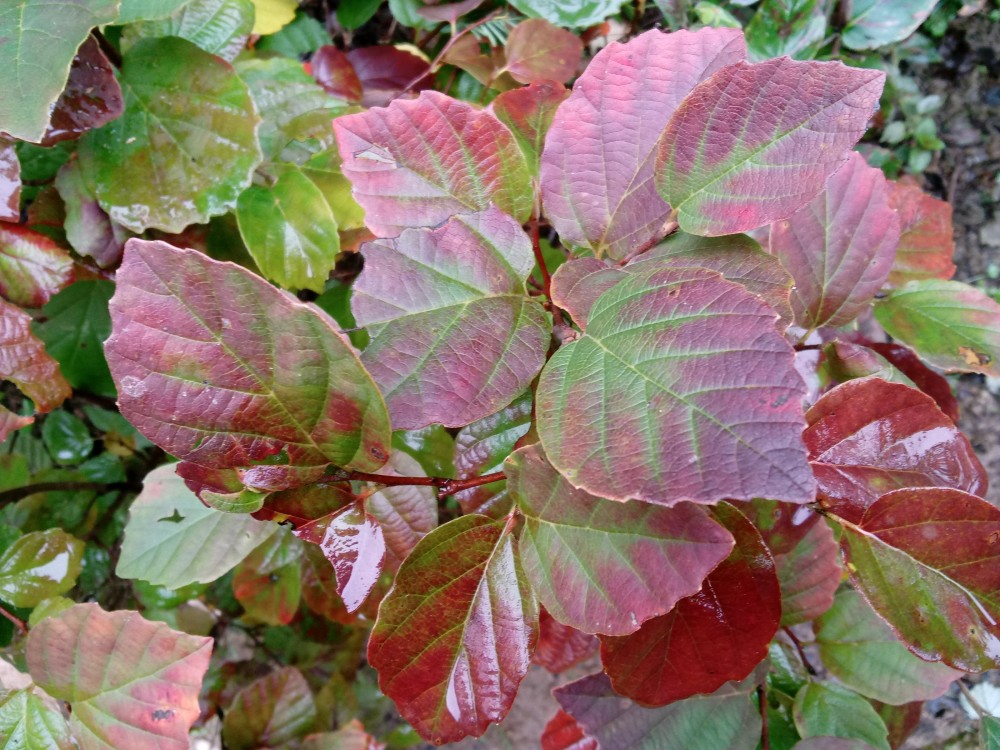
With a chilly week ahead, and the first threat of frost, it’s likely that leaves will be turning or falling soon, and it appears that this will be a disappointing autumn for leaf watchers. The best coloring on trees in this garden are several Japanese maples that turn late, and though I am not a big fan of the end of the gardening year, I expect some brilliant colors despite our unusual weather.
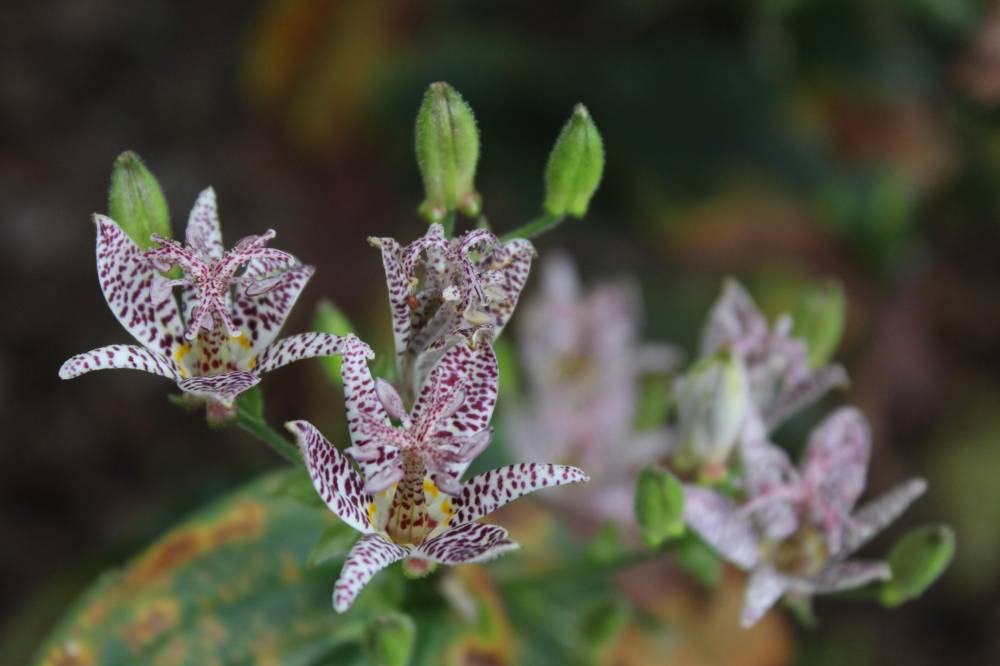
Depending on how far temperatures drop into the thirties, this could be the end for many of the flowers in the garden. Blooming of toad lilies, azaleas, and hydrangeas is brought to a close with temperatures nearing freezing, though the Encore azalea ‘Autumn Amethyst’ (below) has been known for a few stray flowers in a mild December.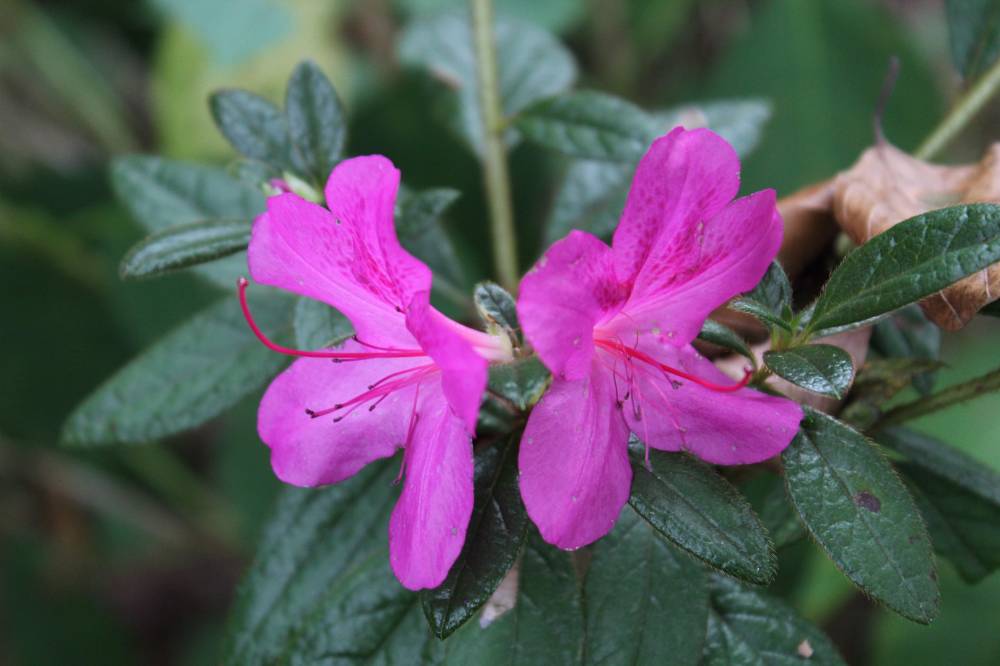
Hybrid daphnes ‘Eternal Fragrance’ and ‘Summer Ice’ display sparse flowers in mid-October, and perhaps the last for the season if cold temperatures stay around. ‘Jim’s Pride’ (Daphne x transatlantica ‘Jim’s Pride’, below) is at peak bloom now, certainly a consequence of more sunlight exposure, though three daphnes are only fifteen feet apart. Like other hybrid x transatlantica daphnes, ‘Jim’s Pride’ has grown vigorously when given an area of dry ground and part sunlight. I am encouraged to try other similar daphnes with varied variegations, even if they must be purchased in small sizes from specialty mail order growers.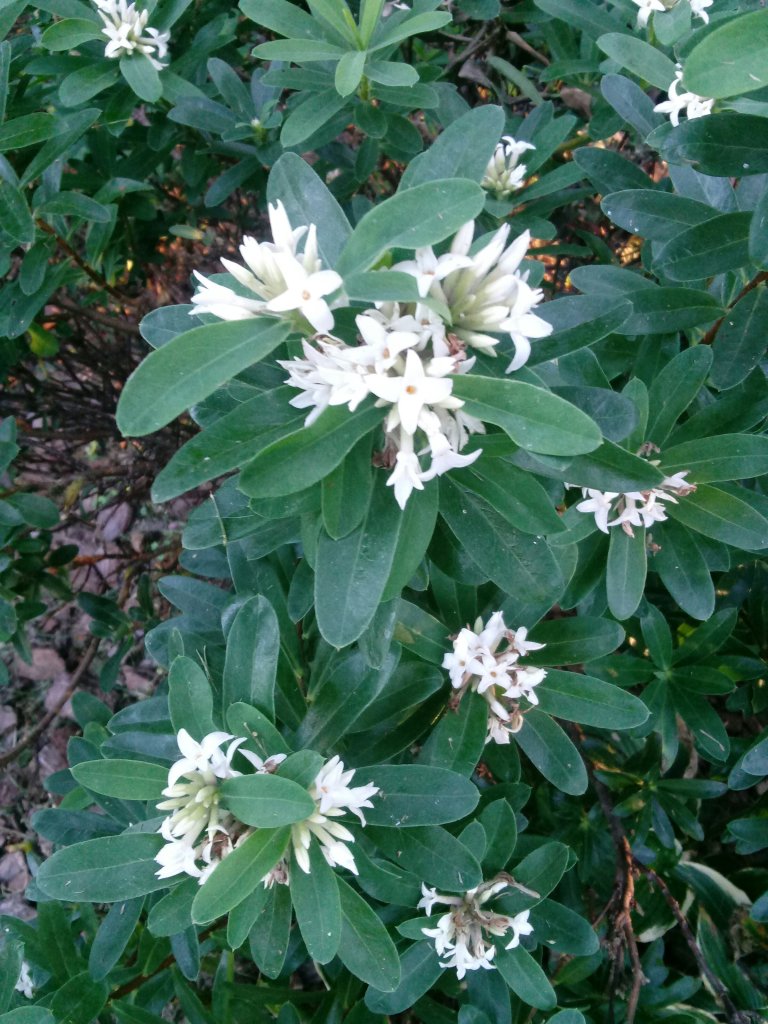
The first blooms of the autumn flowering camelia ‘Winter’s Star’ (below) have arrived. Flowers will continue for weeks, and another ‘Winter’s Star’ and ‘Winter’s Interlude’ in part shade will begin flowering no sooner than late December, though sometimes first blooms stray into January when they are often damaged by freezes.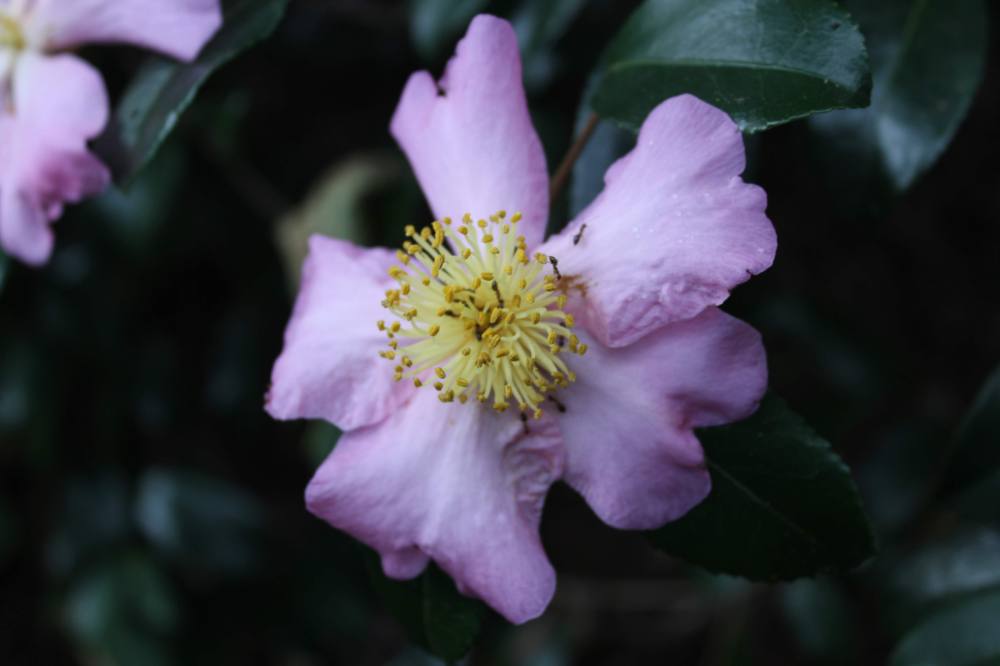
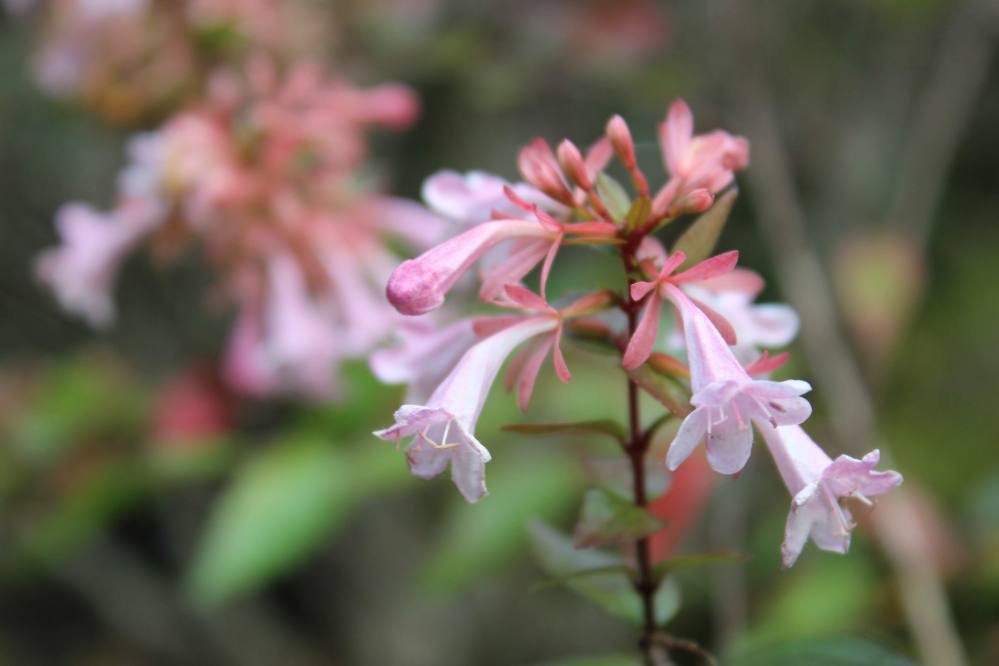
Dear Dave,
So glad your home and family and the garden were all okay in the aftermath of the big storm! The pictures are lovely as always – love the Woodland toad Lillies! Thank you as always! 🙂
We’ve had three smaller rainfalls since the hurricane. We could not get any wetter, and now I don’t bother to walk into the lower third of the garden so I don’t sink to my ankles. Some plants love it, others not so much.
I think you accidentally posted a photo of an abelia rather than a camelia
Thanks. I meant to add the abelia, but forgot the camellia. Almost the same plant, or maybe not.
My email address is [email protected]. Margo Sterling Reston, Da
Sent from my iPad
>
Fothergilla never got popular here. We grew it for a while, but discontinued when we grew more than could be sold. We grew so many plants that might be popular there or in the Northwest. It was certainly fun, but risky in some regards. Mountain laurel really should have been more popular!